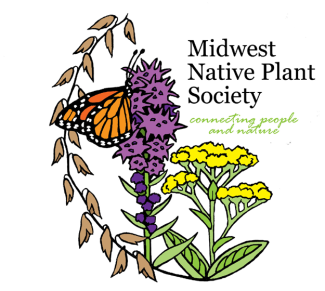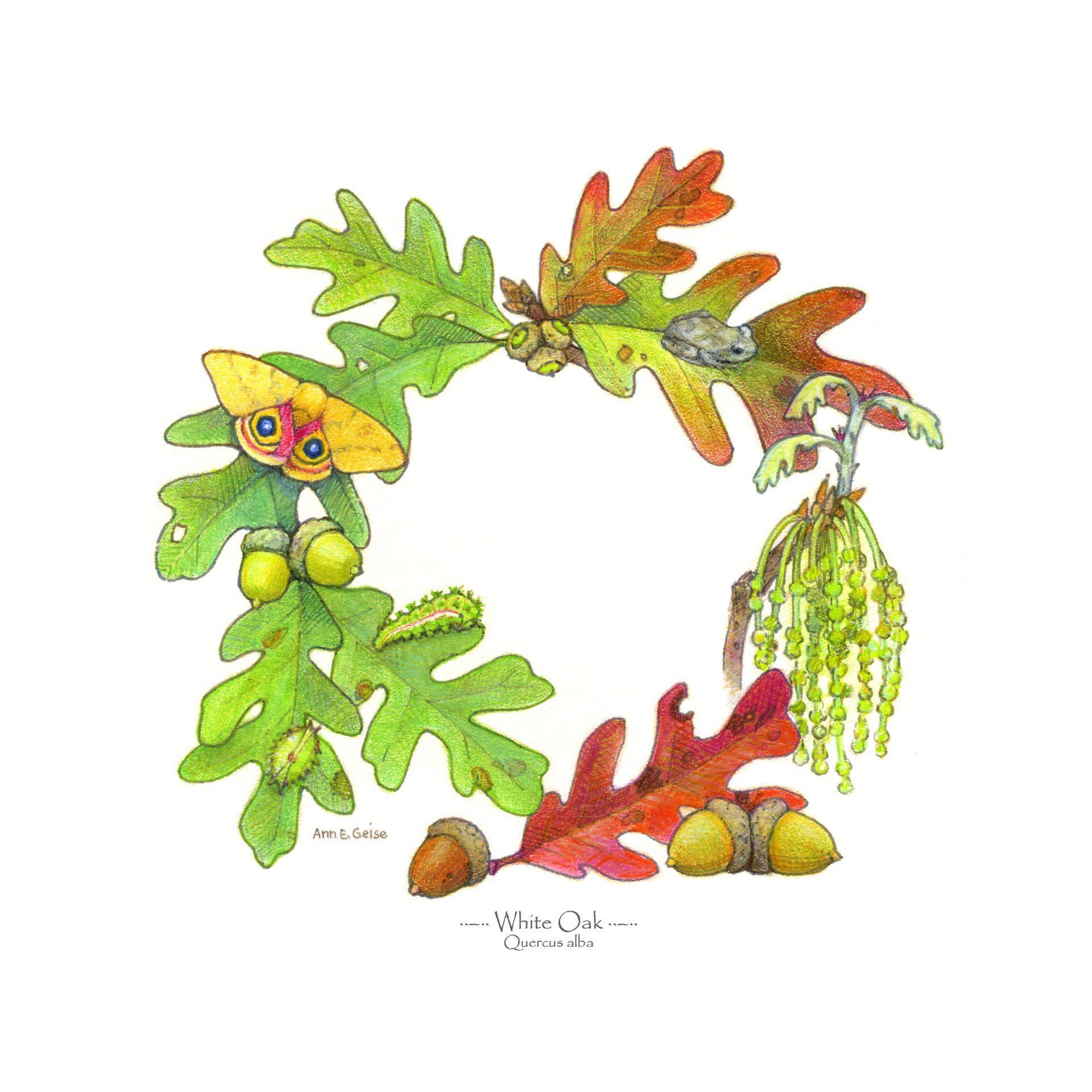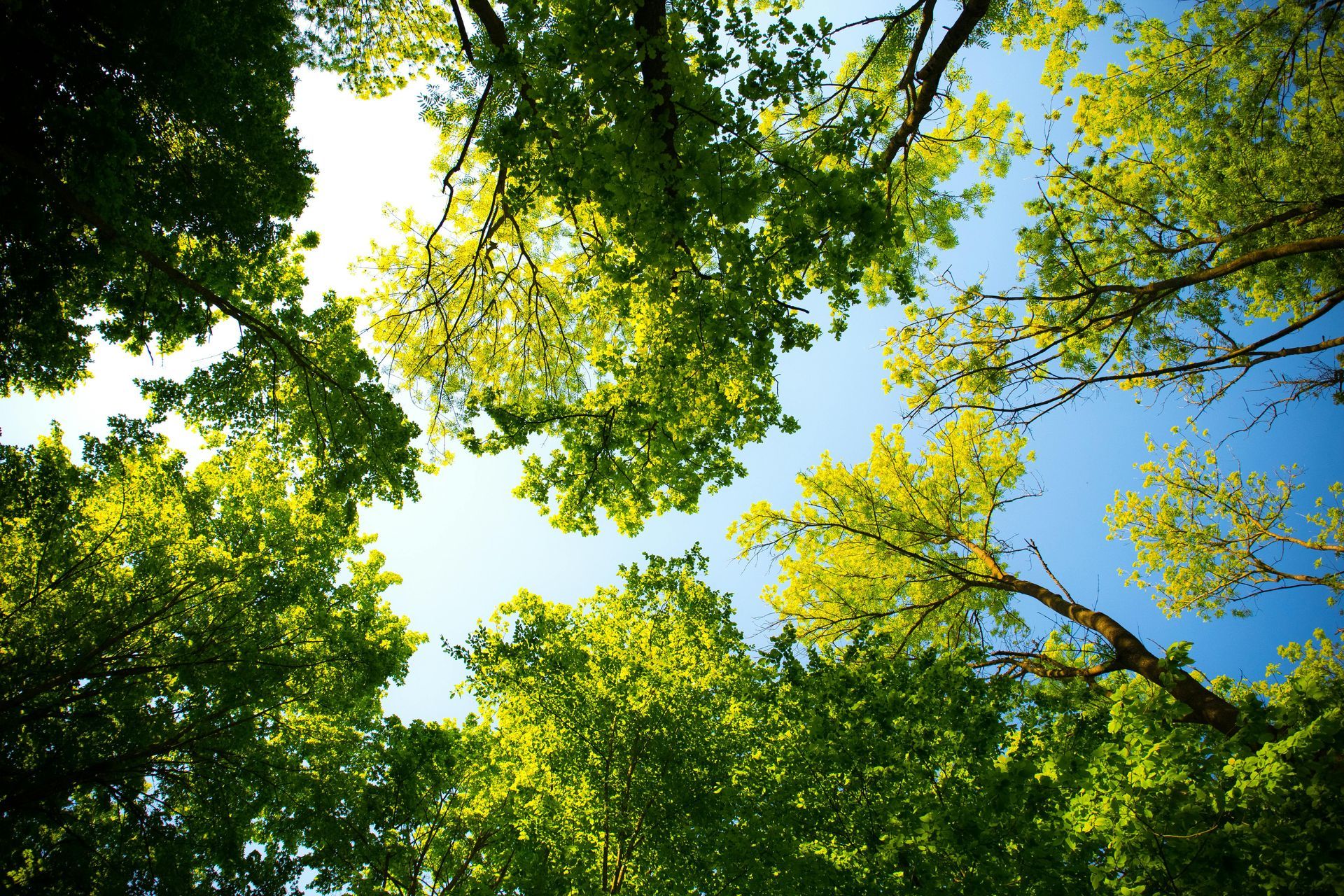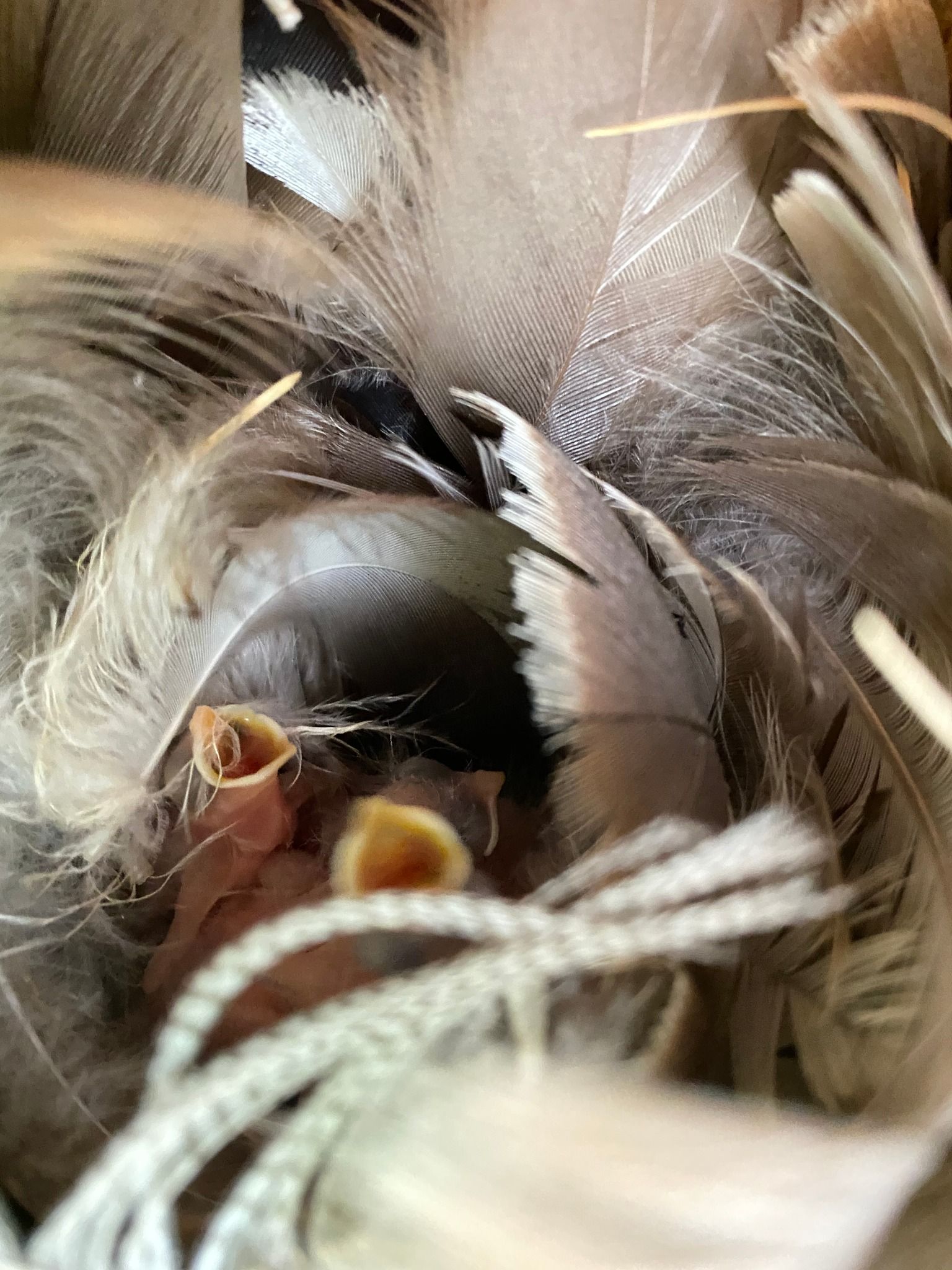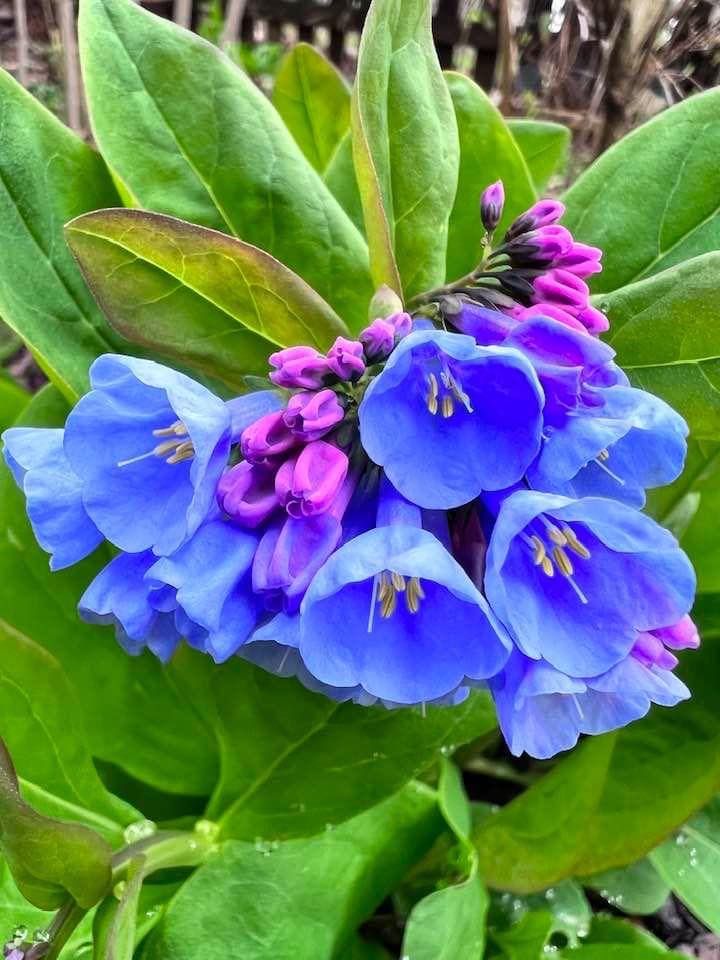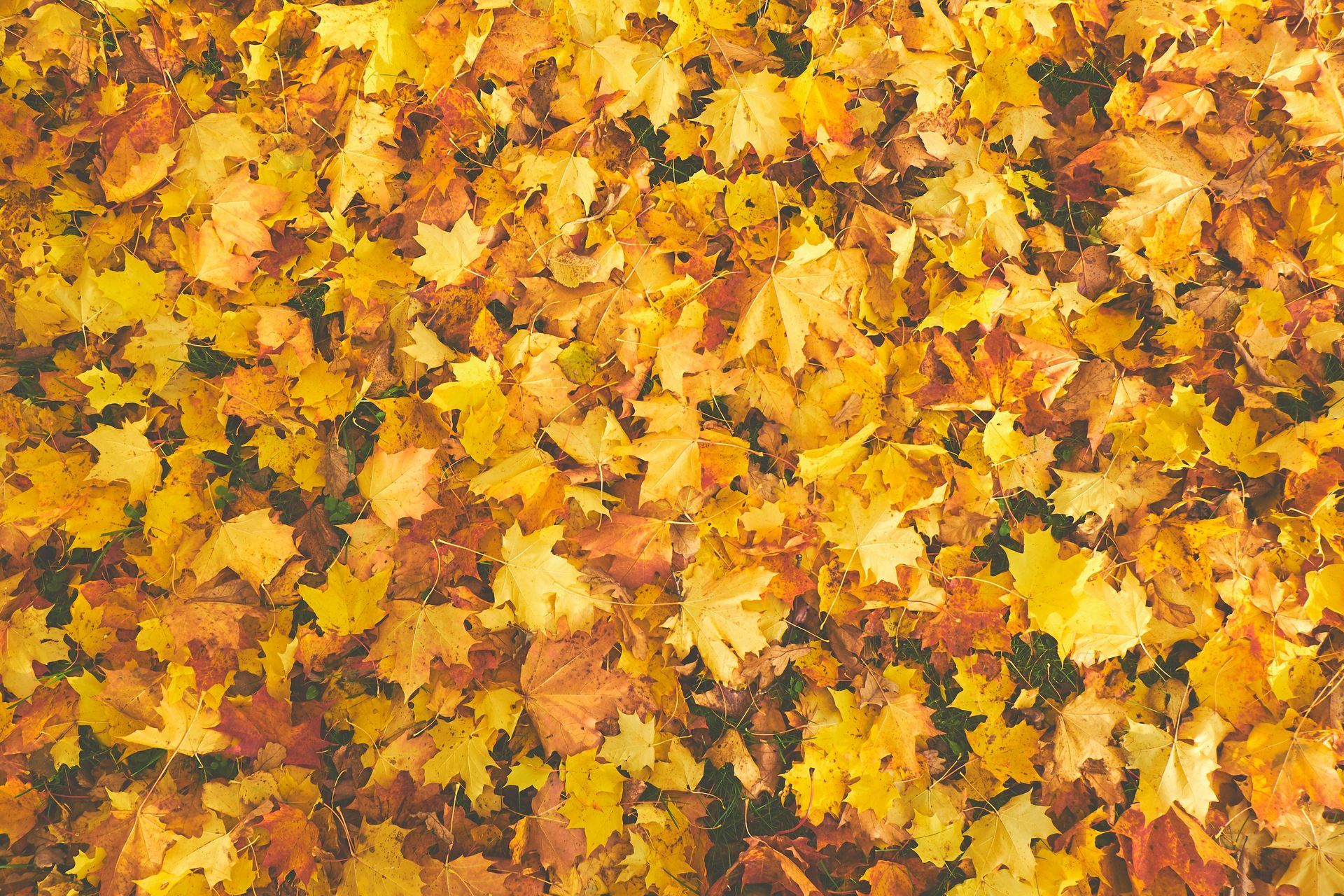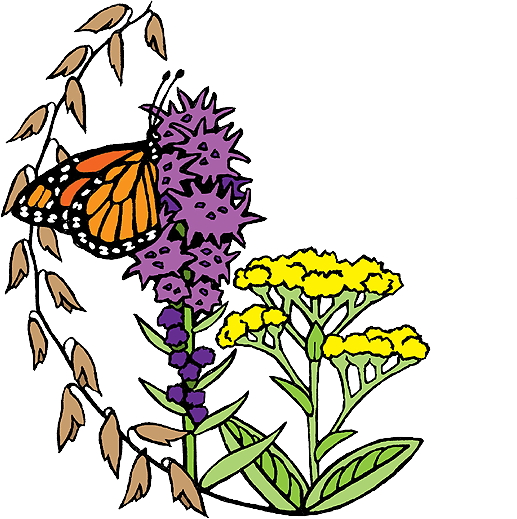Other Events-Living Landscapes: Native Tree & Shrub Symposium
Why Attend?
Discover enriching seasonal events hosted by the Midwest Native Plant Society, Inc. that go beyond our annual conference. These events are ideal for nature enthusiasts of all levels to:
- Learn practical skills—like birding, gardening with native plants, and supporting pollinators
- Connect with local experts and conservation advocates
- Join a like-minded community passionate about biodiversity and saving wildlife
- Sponsor and show your support for our mission.
Living Landscapes: Native Tree & Shrub Symposium
Join us on an exhilarating journey to discover our local native trees and shrubs to be held at the Cincinnati Zoo and Botanical Gardens. These vital plants in our ecosystems play a multifaceted role, providing structure, biodiversity, regulating processes, and supporting a diverse array of species. The health and stability of these ecosystems are intrinsically linked to the presence and functioning of trees and shrubs. These magnificent plants play a crucial role in supporting various forms of life. Pollinators, birds, and a diverse array of wildlife rely on these plants for sustenance and shelter. They provide essential food sources such as caterpillars for birds, nuts, seeds, and fruits, as well as habitats and shelter for pollinators, insects, birds, and mammals. Without them, many species would face the brink of extinction.
They also contribute to environmental conservation by effectively controlling stormwater runoff and erosion. Moreover, they enhance air and water quality by purifying the environment. Additionally, native trees and shrubs are better adapted to local conditions, requiring less water and maintenance. They are essential for local biodiversity, fostering a resilient and healthy ecosystem that has evolved over time.
- When: March 21, 2026 10:00–4 PM. Attendee Registration opens in December 14, 2025. Sponsor registration is open! Registration closes when the event is full, or by March 1, 2026
- Where: Cincinnati Zoo, Frisch's Theater. Zoo pass included for one day and parking. Buffet Lunch included.
- Speakers: Jim McCormac, Tom Borgman, Sam Settlemyre, Greg Torres and and Brian Jorg.
- Attendees: $95 includes a Zoo day pass, free parking and a buffet lunch. Ceu's may be available for attending.
- Sponsors: We offer a variety of sponsorship levels. Show your support by adding your name to the list of organizations that support native plants. There is no selling at the event but you may bring brochures for the registration table. See a listing of our generous sponsors listed below! Current Sponsors are listed as they register. Be sure to check them out!
Speakers & Presentations. This PDF includes speaker bios.
Tom Borgman, Living Life on the EdgeWe will investigate some ecological concepts of forest edges and succession. We will also look at the plants and wildlife that inhabit edges and how you can create some edge like habitat on your property. The transition zone at the edges of habitats is where we frequently discover the most captivating flora and fauna!
Brian Jorg, Great Native Shrubs for the Home Landscape
We will explore the wonderful diversity of our native shrubs, their culture and wildlife value. From deer resistance to keystone pollinator qualities, we will look at the individual characteristics that make this group of plants valuable to any landscape. From full sun to shade, we will discuss shrubs for any landscape situation.
Jim McCormac, Caterpillars make the natural world go 'round
The biggest group of herbivores in Ohio, by a long shot, are caterpillars. Their collective biomass probably outweighs that of Ohio’s thriving white-tailed deer population. Nearly all of these caterpillars are the spawn of moths: 4,000 species? 6,000? No one knows with certainty, as moths are not nearly as well known as their butterfly counterparts (only 160ish species in Ohio). Native plants grow caterpillars, and caterpillars are the fuel that underpins ecological food webs. We would not have most of our songbirds were it not for native plants growing these tube steaks on legs, and a great many other animals depend heavily on caterpillars. Feeding evidence of caterpillars on one’s plants is by no means a bad thing – it should be a mark of pride for the gardener. Those that grow natives, and by extension the caterpillars that have co-evolved to feed on them, are contributing greatly to conservation. This talk will be a pictorial romp through the crazy and fascinating world of Lepidopteran larvae and the roles that they play. Some caterpillars are nearly beyond belief, resembling sea slugs, tree snakes, bird droppings, plant bits and all manner of other mimicry. Most importantly, we will look at how our work with native flora benefits the natural world around us via the production of caterpillars.
Greg Torres, Planting for Birds
Plants and birds have a long history of working together. As an example of mutualism, this development and relationship between plants and birds has had far reaching consequences, encouraging co-evolution that enhanced the survival of both plants and birds. “Planting For Birds” explores some of these relationships, tips how we can grow plants to create habitats to help birds thrive, as well as resources for selections of beautiful native plants that support our local ecosystem.
Sam Settlemyre, An Introduction to Tree Care & Advocacy
Trees do so much for people, but what can we do for trees? Trees provide people with cleaner air, carbon sequestration, reductions in urban heat island effect, and so much more! While trees do so much for us, what can we do in return for them? In this presentation we will explore the ways in which you can set up trees for success through better planting techniques, regular care and maintenance. We will also explore some of the current threats, disease and otherwise, to trees and what we can do to help. Finally, we will discuss some ways in which we can advocate on behalf of trees in our community and help them live long healthy lives.
Symposium Sponsors
"Conservation is a state of harmony between men and land."
~ Aldo Leopold, A Sand County Almanac
